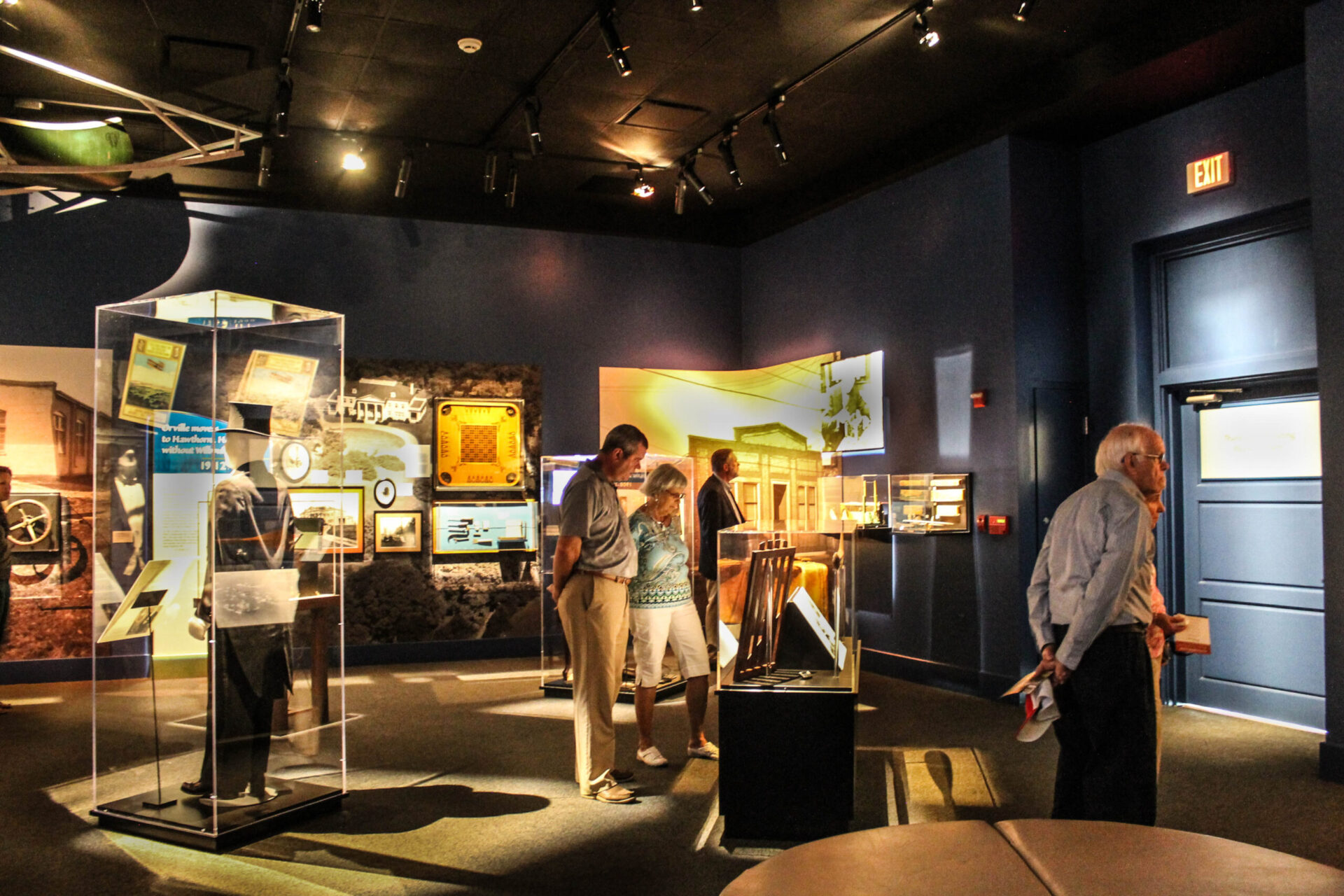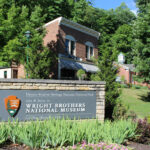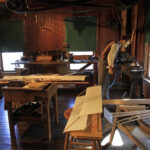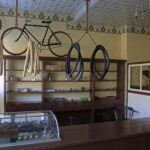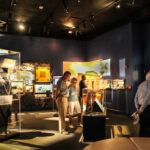Wright Brothers National Museum
The John W. Berry, Sr. Wright Brothers National Museum displays more Wright artifacts than anywhere, including the 1905 Wright Flyer III — the only airplane designated a National Historic Landmark, Ohio’s official state plane, the first practical flying machine, and what the Wright brothers considered their most important aircraft.
Known as “the first pilot’s last project,” preserving the 1905 Wright Flyer III for Carillon Park was Orville Wright’s final major endeavor before his death on January 30, 1948. Although he passed away before the Park opened in 1950, Orville helped design Wright Hall—the building that now houses the 1905 Wright Flyer III.
Adjacent to Wright Hall stands Carillon Historical Park’s Wright Cycle Shop — a replica of Wilbur and Orville’s fifth and final store at 1127 W. Third St. in West Dayton. With Orville’s endorsement, Henry Ford purchased the original building in 1936 and moved it to Greenfield Village at The Henry Ford Museum in Dearborn, Michigan, where it was dedicated in 1938. The Park’s replica reflects how the shop appeared between mid-October and mid-December 1901.
Image Gallery












